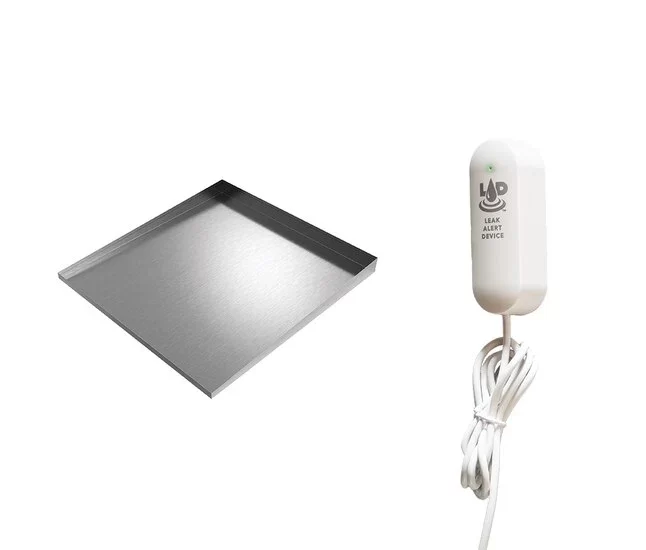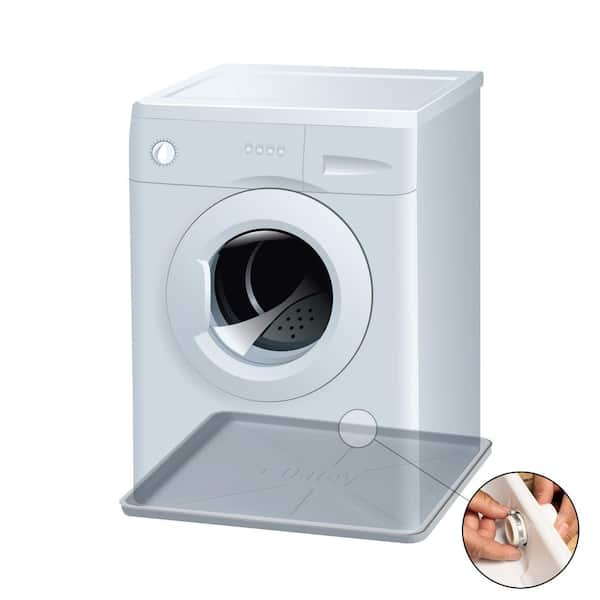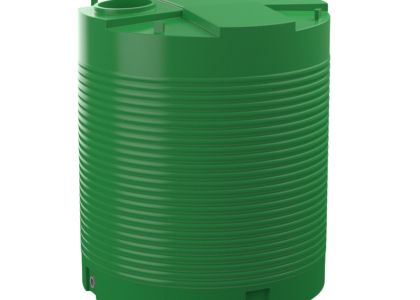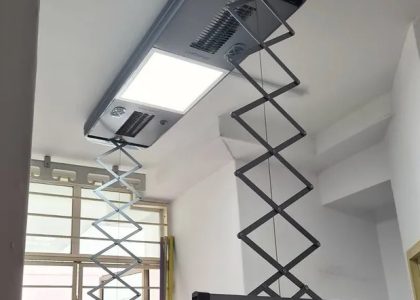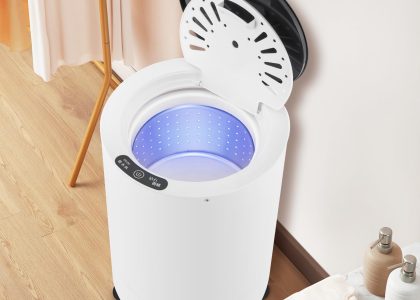Introduction
Washing machines are essential appliances in any household, but they can also cause water damage if not properly maintained. One way to protect your home from potential leaks and spills is by using a washing machine drip pan. In this comprehensive guide, we will explore the importance of drip pans, how to choose the right one for your washing machine, and tips for installation and maintenance.
Part 1: The Importance of Drip Pans
Level 1: What is a Drip Pan?
A drip pan is a shallow tray designed to collect water and other fluids that may leak from the washing machine. It is typically placed underneath the machine to prevent water damage to the surrounding area. Drip pans are especially useful in laundry rooms located on upper floors or in areas with limited drainage.
Level 2: Benefits of Using a Drip Pan
Using a drip pan can help prevent costly water damage to your home’s flooring and structure. It also provides peace of mind knowing that any leaks or spills from the washing machine will be contained within the tray. Additionally, drip pans can make it easier to identify and address any issues with the washing machine that may be causing leaks.
Part 2: Choosing the Right Drip Pan
Level 1: Types of Drip Pans
There are various types of drip pans available, including plastic, metal, and composite materials. Plastic pans are lightweight and affordable, but may not be as durable as metal options. Metal pans are more robust and resistant to corrosion, making them suitable for long-term use.
Level 2: Size and Compatibility
When choosing a drip pan, it is important to consider the size and compatibility with your washing machine. Measure the dimensions of the machine and select a drip pan that can accommodate its width and depth. Some drip pans also come with adjustable or extendable features to ensure a proper fit.
Part 3: Installation and Placement
Level 1: Preparing the Area
Before installing a drip pan, ensure that the floor underneath the washing machine is clean and free of any debris. It is also a good idea to check for any existing water damage or mold that may need to be addressed before placing the drip pan.
Level 2: Placing the Drip Pan
Carefully slide the drip pan underneath the washing machine, ensuring that it is positioned securely and level. Some drip pans may come with adhesive strips or brackets to help keep them in place. It is important to follow the manufacturer’s instructions for installation to ensure proper functionality.
Part 4: Maintenance and Cleaning
Level 1: Regular Inspection
Periodically inspect the drip pan for any signs of water accumulation or damage. Look for rust, cracks, or other wear and tear that may compromise the integrity of the pan. If any issues are found, address them promptly to prevent potential leaks.
Level 2: Cleaning and Maintenance
Clean the drip pan regularly to remove any dirt, debris, or mineral deposits that may accumulate over time. Use a mild detergent and water to scrub the surface of the pan, then rinse and dry thoroughly. Additionally, check the integrity of any seals or gaskets on the pan to ensure they are still effective in preventing leaks.
Part 5: Additional Tips and Considerations
Level 1: Addressing Drainage
If your washing machine is located in an area without a floor drain, consider incorporating a drainage system into the drip pan. This can help redirect any collected water to a suitable outlet and prevent overflow.
Level 2: Professional Installation
If you are unsure about installing a drip pan yourself, consider hiring a professional to ensure proper placement and functionality. They can also provide guidance on selecting the right drip pan for your specific washing machine and space.
Importance of a Washing Machine Drip Pan
Level 1: Importance of a Washing Machine Drip Pan
A washing machine drip pan is important for protecting the floor from water damage caused by leaks or overflows from the washing machine. This can be especially crucial for homes with laminate or hardwood flooring that is vulnerable to water damage. The drip pan helps to contain any water that may leak from the machine, preventing it from spreading and causing potential structural damage to the floor and surrounding areas.
Level 2: Maintenance of a Washing Machine Drip Pan
Regular maintenance of the drip pan is essential to ensure its effectiveness. It’s important to check the drip pan for any signs of damage, such as cracks or rust, and promptly replace it if needed. Additionally, the drip pan should be cleaned regularly to remove any buildup of dust, lint, or detergent residue that can accumulate over time. This will help to maintain the pan’s ability to catch and contain any water leaks from the washing machine.
Types of Washing Machine Drip Pans
Level 1: Types of Washing Machine Drip Pans
There are different types of washing machine drip pans available on the market, including plastic, stainless steel, and galvanized steel pans. Plastic pans are lightweight and easy to install, making them a popular choice for homeowners. Stainless steel pans are durable and resistant to corrosion, making them a long-lasting option for protecting floors from water damage. Galvanized steel pans are also durable and provide a sturdy base for the washing machine.
Level 2: Additional Features of Washing Machine Drip Pans
Some washing machine drip pans come with additional features such as drain fittings, which allow for easy draining of any water that accumulates in the pan. This can be especially useful for homes with a washing machine located in a basement or other below-grade area. Some drip pans also have built-in water sensors that can alert homeowners to any leaks or overflows, providing an added layer of protection against water damage.
Installation of a Washing Machine Drip Pan
Level 1: Installation of a Washing Machine Drip Pan
Installing a washing machine drip pan is a relatively simple process that can be done by homeowners. The drip pan should be placed under the washing machine, with the machine’s feet securely resting on top of the pan. It’s important to ensure that the pan is positioned properly to catch any potential leaks or overflows from the machine. Some drip pans come with pre-drilled holes for securing the pan to the floor, providing added stability.
Level 2: Legal Requirements for Washing Machine Drip Pans
In some areas, building codes and regulations may require the installation of a washing machine drip pan to prevent water damage to floors and buildings. Homeowners should check with local authorities to determine if there are any legal requirements related to the installation of drip pans for washing machines. Compliance with these regulations can help homeowners avoid potential fines or penalties and ensure the protection of their homes from water damage.
Benefits of Using a Washing Machine Drip Pan
Level 1: Protection and Maintenance
- Using a washing machine drip pan can help protect your floors from water damage by catching leaks from the machine.
- Drip pans also make it easier to spot leaks and perform maintenance on your washing machine, helping to extend its lifespan.
Level 2: Easy Cleanup and Peace of Mind
- The drip pan can be easily removed and cleaned in case of spills or leaks, making maintenance a breeze.
- By using a drip pan, you can have peace of mind knowing that any leaks or spills will be contained and not damage your floors.
Conclusion
Washing machine drip pans are essential for protecting your home from water damage caused by leaks and spills. By understanding the importance of drip pans, choosing the right one for your washing machine, and following proper installation and maintenance practices, you can safeguard your home and ensure the longevity of your appliances. Taking proactive measures to prevent water damage can save you time, money, and stress in the long run.

